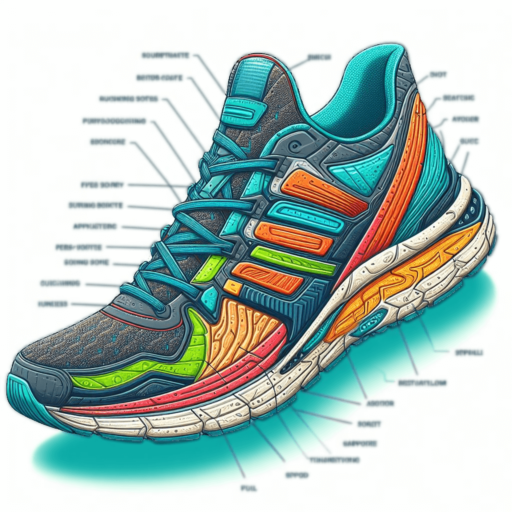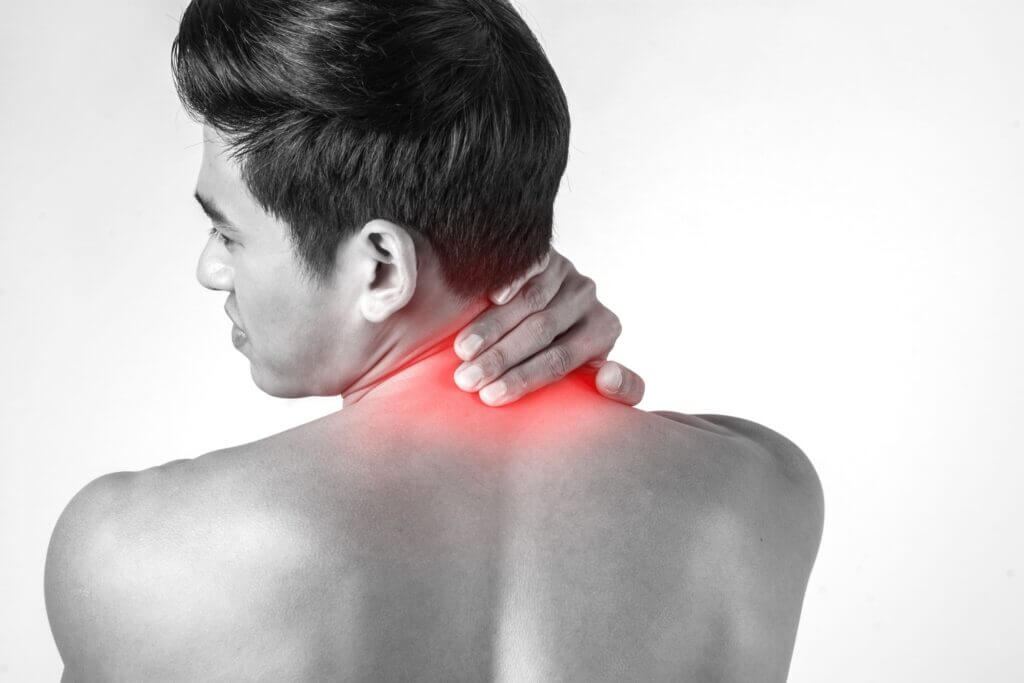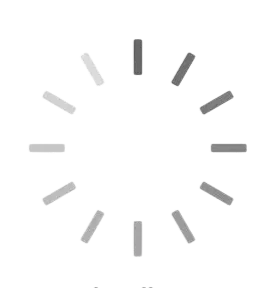Table of Contents
ToggleUnderstanding the Importance of Shoe Cushioning
When it comes to preventing injuries during physical activities like running or sports, many people turn to the shoe cushioning in their protection. The logic seems sound: the softer the landing, the lower the impact on joints and muscles, reducing the risk of injury. But does shoe cushioning alone guarantee a lower injury risk?
The Role of Shoe Cushioning in Injury Prevention
How Shoe Cushioning Works
Shoe cushioning serves two primary functions: impact absorption and pressure distribution.
Impact Absorption
High-quality cushioning materials in shoes absorb the shock generated with each footstrike, reducing the stress on bones, muscles, and joints.
Pressure Distribution
Cushioning helps spread the force of impact evenly across the foot, preventing localized pressure points that could lead to discomfort or injury.
Common Misconceptions About Shoe Cushioning and Injury Risk
Myth: The More Cushioning, the Better
Contrary to popular belief, excessively cushioned shoes aren’t always the best choice. While adequate cushioning is crucial, too much can lead to instability and a lack of responsiveness, potentially increasing the risk of injury.
Myth: Cushioning Eliminates the Need for Proper Form
No amount of cushioning can compensate for poor running or movement mechanics. While cushioned shoes provide protection, proper form and technique remain essential for injury prevention.
The Relationship Between Shoe Cushioning and Injury Prevention
Proper Fit and Functionality
The effectiveness of shoe cushioning in reducing injury risk depends on factors like shoe fit, functionality, and individual biomechanics.
Personal Biomechanics
Each person’s body mechanics are unique, influencing how they interact with shoe cushioning. Factors like foot strike pattern, pronation, and gait mechanics play a significant role in injury prevention.
Terrain Considerations
The type of surface you run or exercise on can impact the effectiveness of shoe cushioning. Softer surfaces may require less cushioning compared to harder ones.
Choosing the Right Cushioning for Your Needs
Understanding Different Types of Cushioning Materials
Different shoe brands utilize various cushioning technologies, including:
EVA Foam
Lightweight and responsive, EVA foam provides excellent cushioning without adding significant weight to the shoe.
Gel Cushioning
Gel cushioning systems offer targeted support and shock absorption, ideal for runners or athletes with specific foot conditions.
Air Cushioning
Air-filled pockets in the midsole provide adaptive cushioning, adjusting to the wearer’s stride for maximum comfort and protection.
Assessing Your Injury Risk: Beyond Shoe Cushioning
Importance of Overall Foot Health
While shoe cushioning is essential, overall foot health plays a crucial role in injury prevention. Incorporating strength and flexibility exercises can help improve foot function and reduce injury risk.
Strengthening Exercises
Exercises targeting the muscles and ligaments of the feet and ankles can improve stability and reduce the risk of common injuries like sprains and strains.
Flexibility Training
Maintaining flexibility in the muscles and connective tissues of the feet and lower limbs promotes optimal range of motion and reduces the likelihood of overuse injuries.
Conclusion
While shoe cushioning undoubtedly contributes to injury prevention by absorbing impact and distributing pressure, it’s not a standalone solution. Choosing the right cushioning for your needs, combined with proper form, biomechanics, and overall foot health, is essential for reducing the risk of injuries during physical activities.
FAQs
- Does more cushioning mean better protection against injuries?
- Not necessarily. Excessive cushioning can compromise stability and responsiveness, increasing the risk of injury.
- Can shoe cushioning eliminate the need for proper form and technique?
- No. Proper form and technique remain essential for injury prevention, regardless of the level of cushioning in shoes.
- How do I know if a shoe provides adequate cushioning for my needs?
- It’s essential to try on shoes and assess how they feel during movement. A balance of cushioning and responsiveness is ideal.
- Are there specific exercises to strengthen foot muscles and reduce injury risk?
- Yes, exercises like toe curls, calf raises, and balance drills can help strengthen the muscles and ligaments of the feet and ankles.
- Is it necessary to replace shoes regularly to maintain optimal cushioning and support?
- Yes, regular shoe replacement is recommended to ensure consistent cushioning and support, as materials can degrade over time.
Do you like to read more Blog content? Read our blogs at PintoraBlogs








